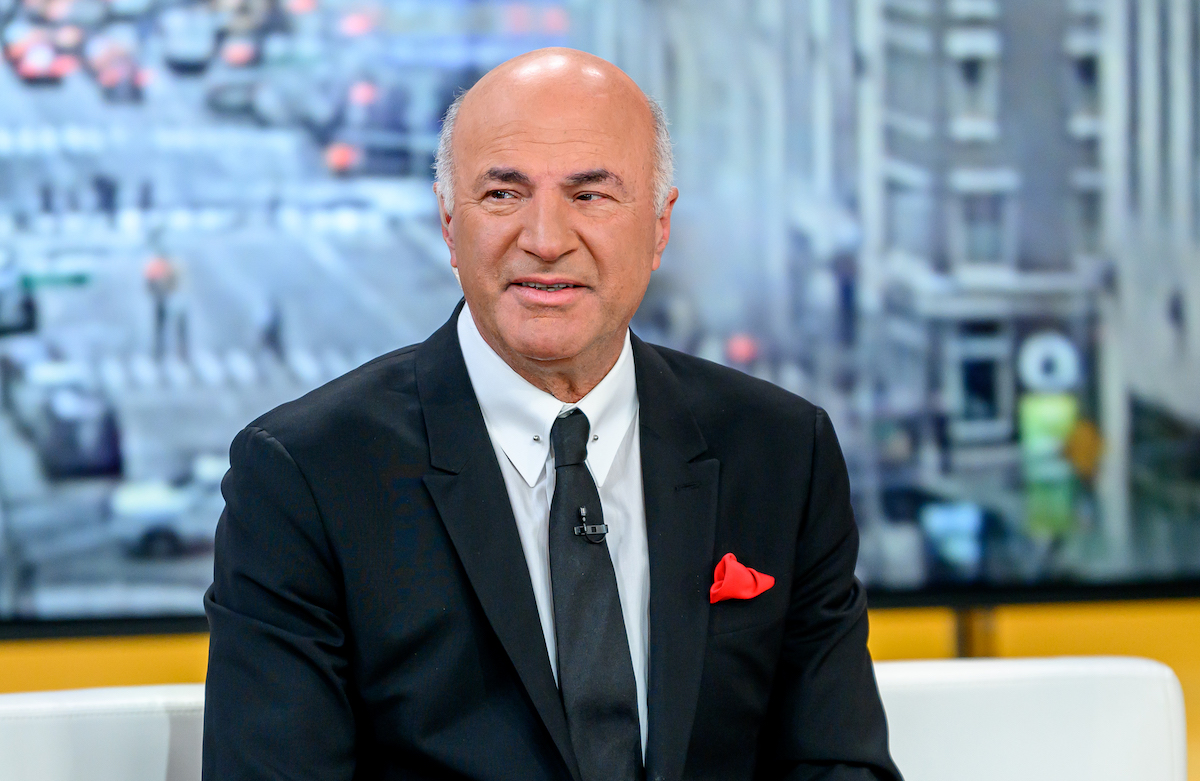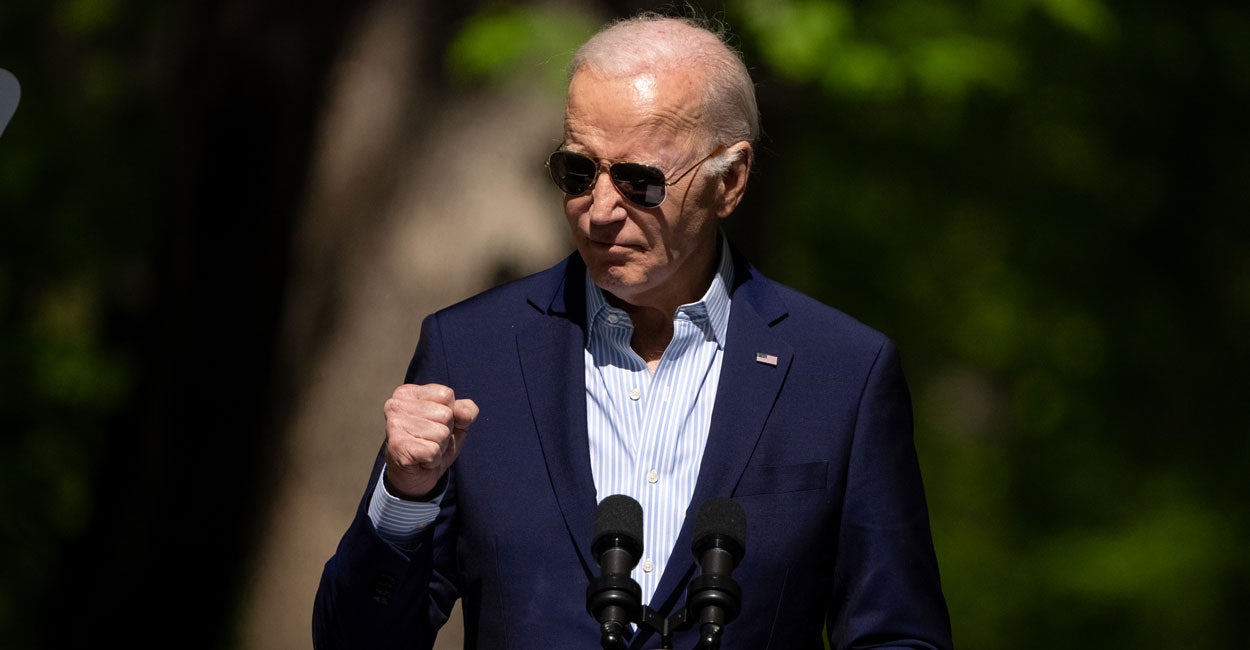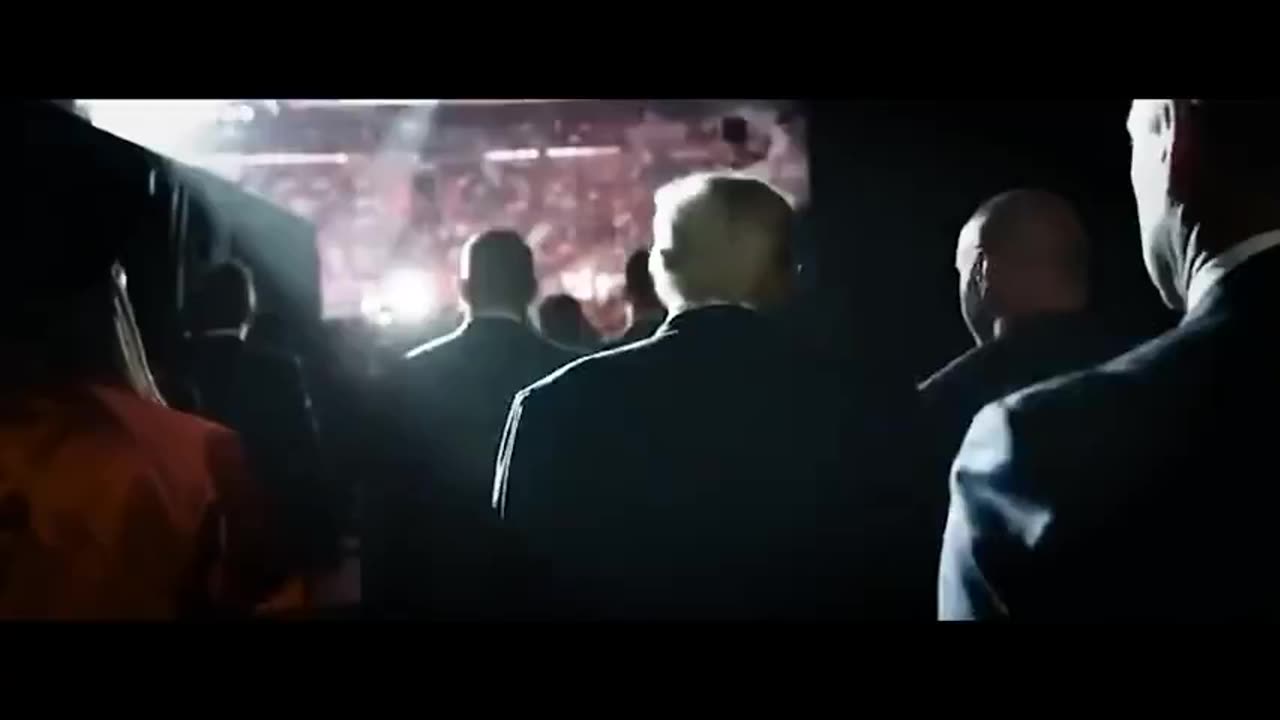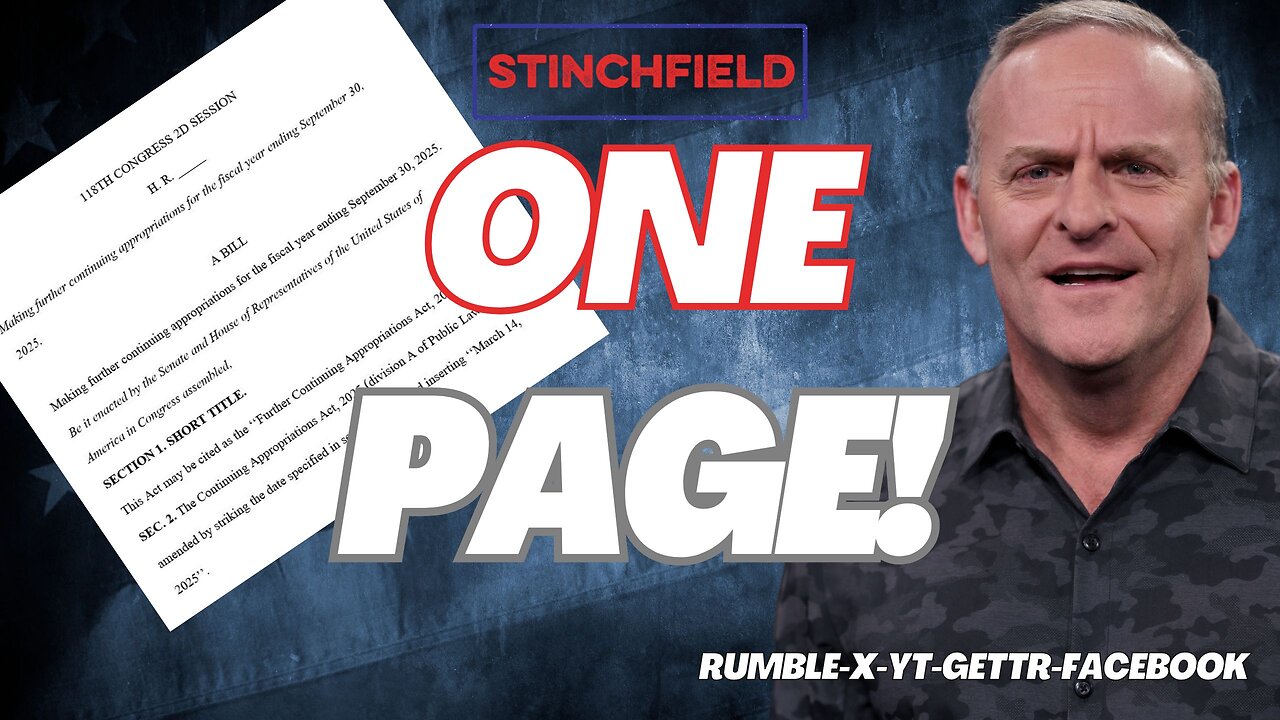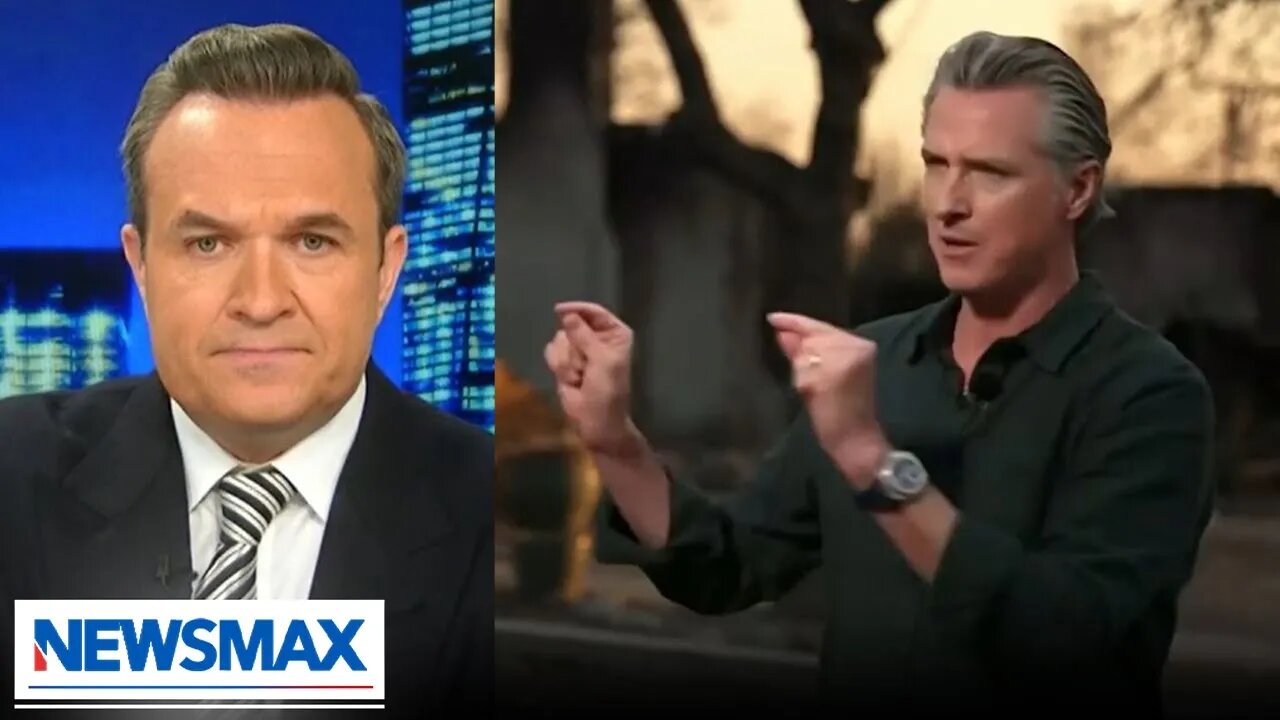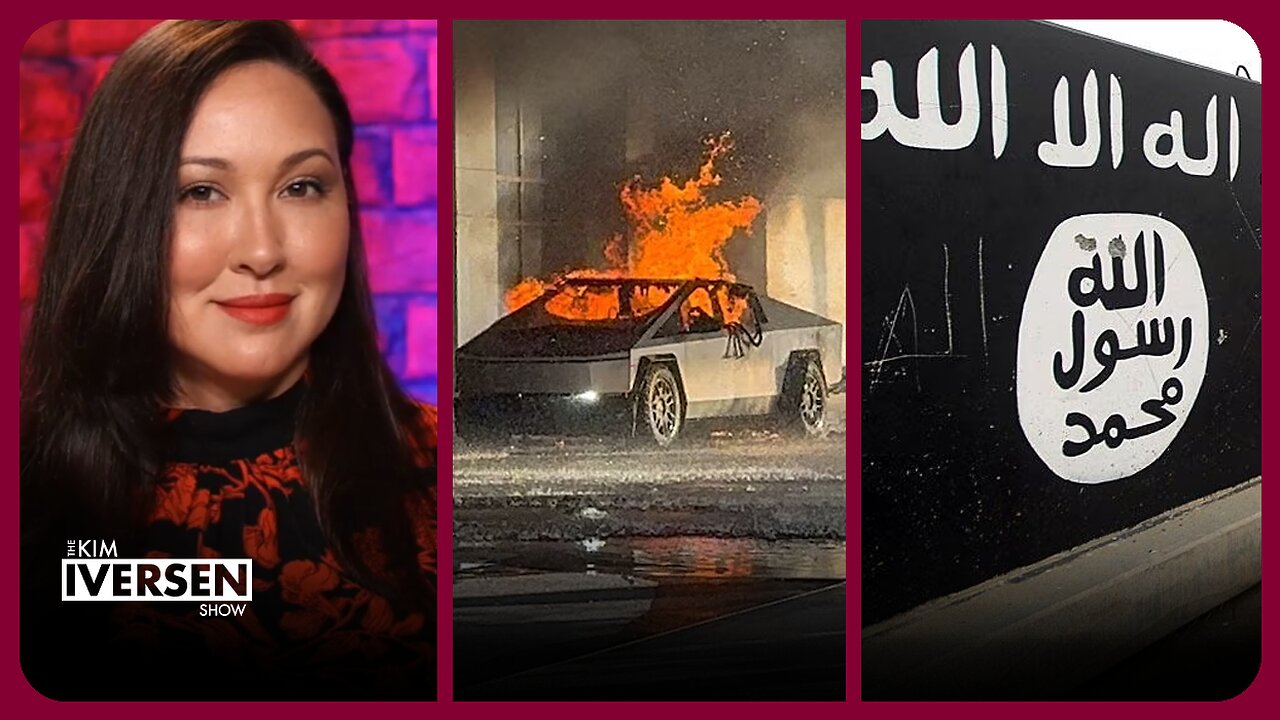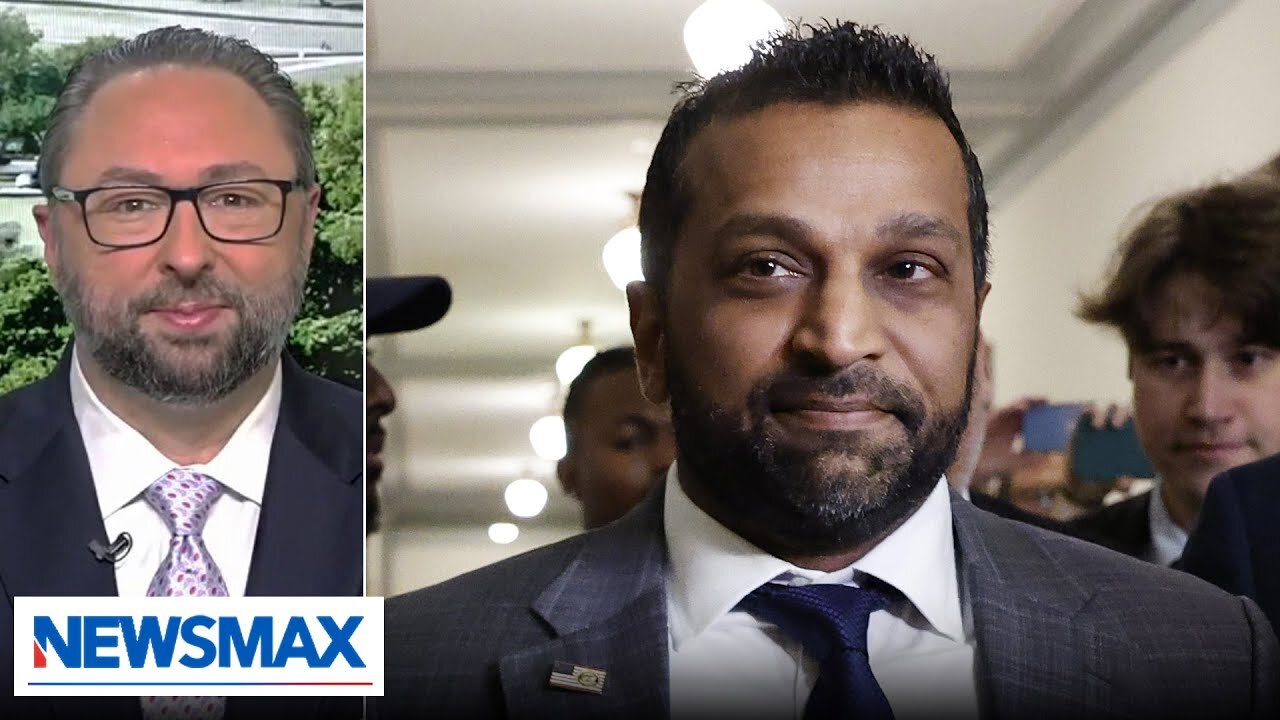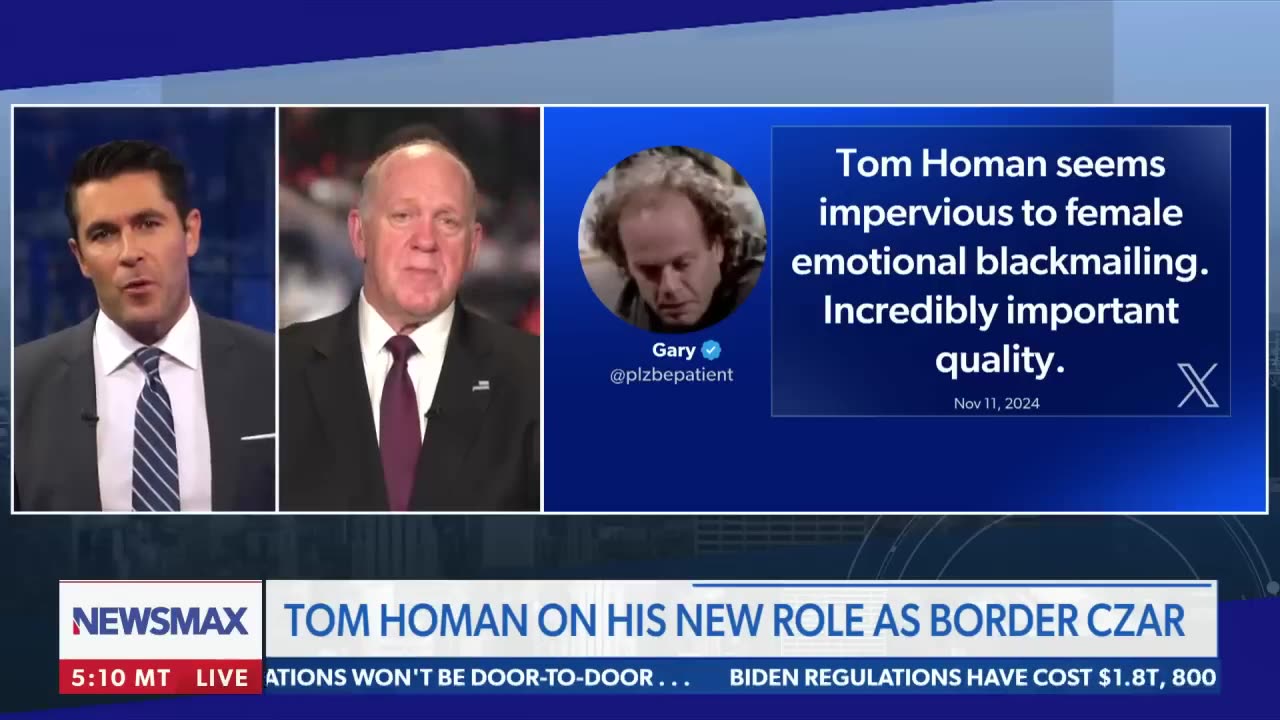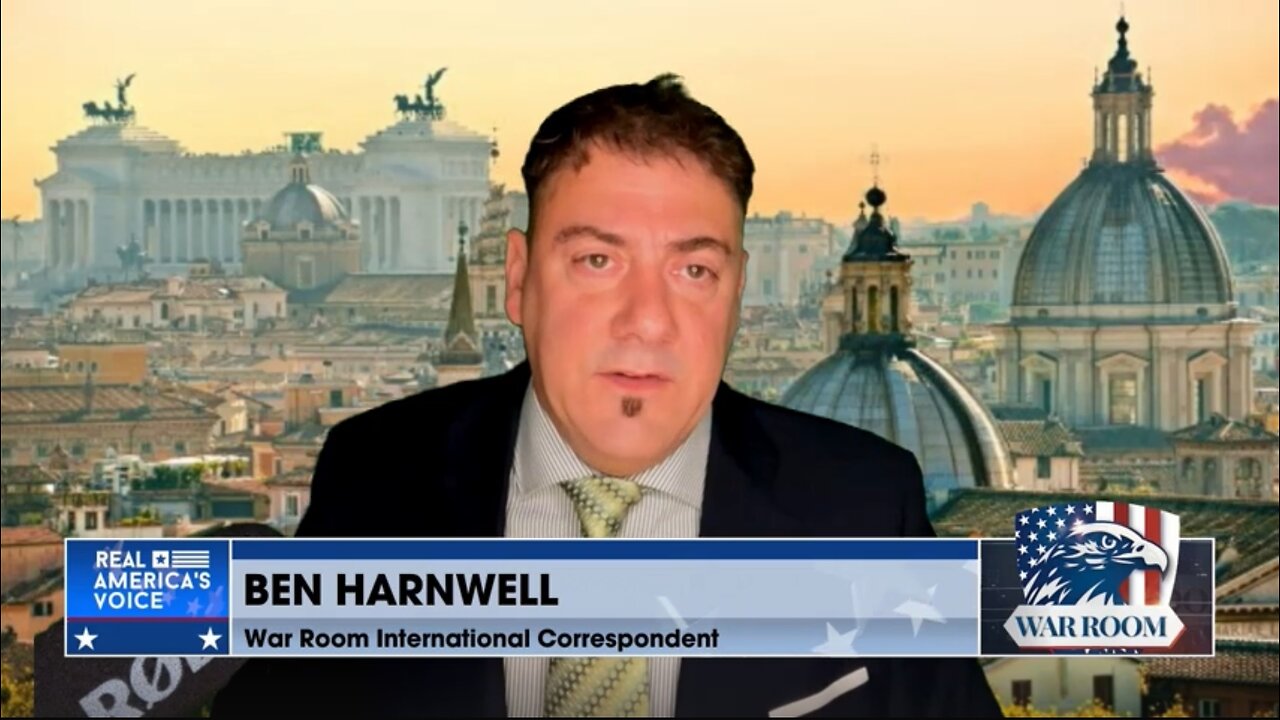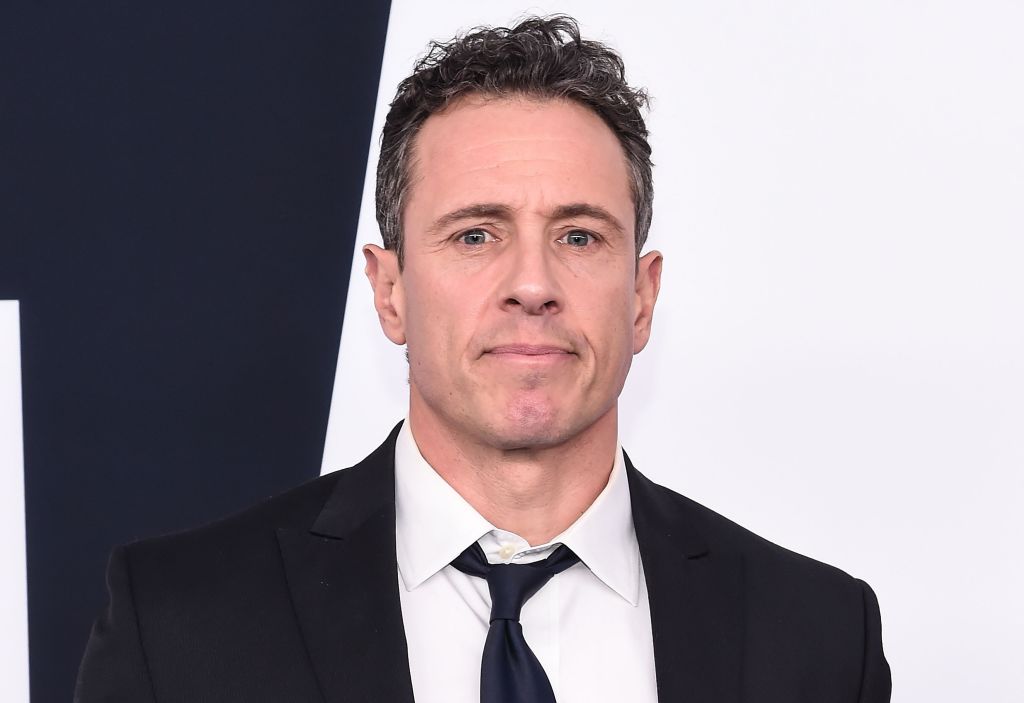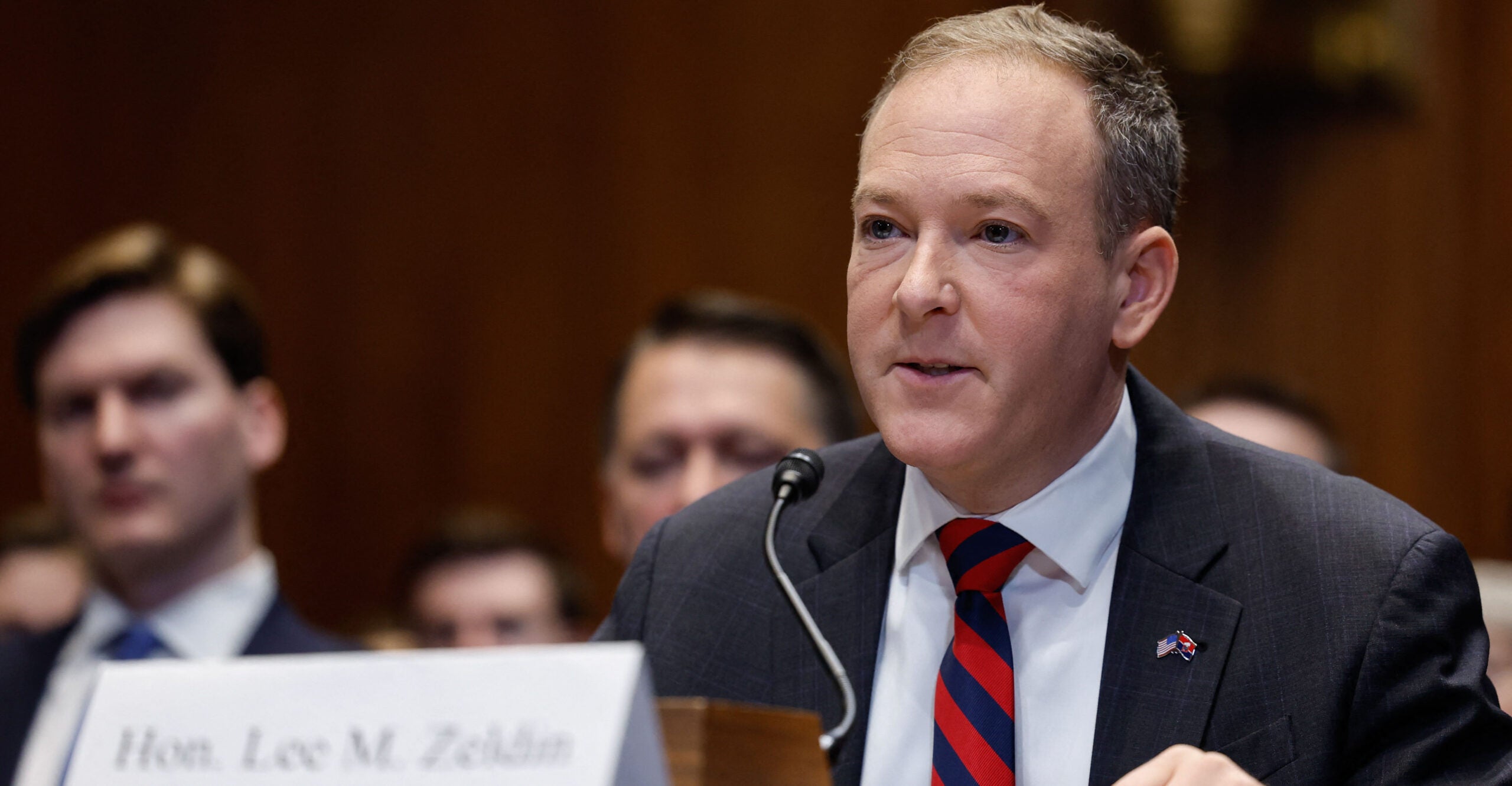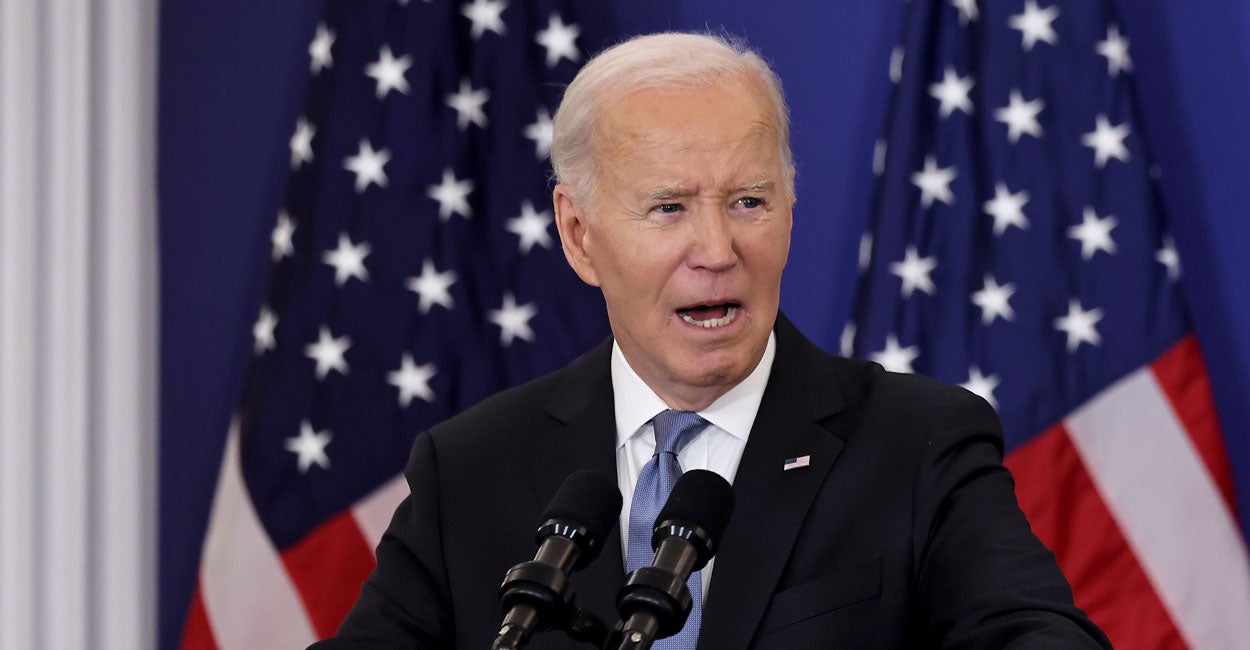Israel Strikes Iran, Massive Explosions Heard Around Tehran
Israel has started its long-expected military response to Iran’s missile barrage at the start of the month as massive explosions have been seen and felt throughout Iran’s capital city of Tehran and nearby Karaj. The Israel Defense Forces (IDF) announced the strikes against Iranian military targets in a statement, saying that they were in direct ...
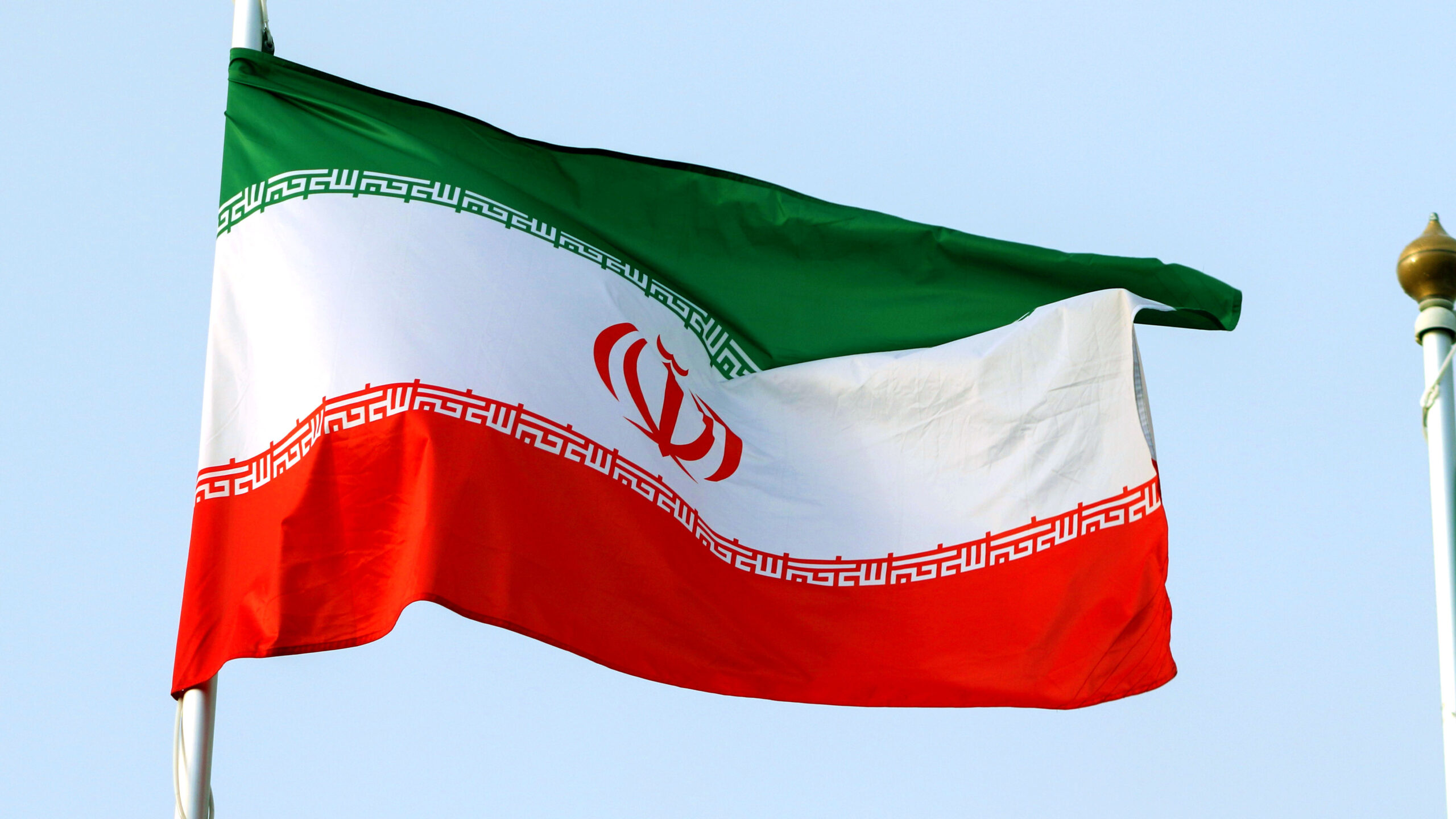
Israel has started its long-expected military response to Iran’s missile barrage at the start of the month as massive explosions have been seen and felt throughout Iran’s capital city of Tehran and nearby Karaj.
The Israel Defense Forces (IDF) announced the strikes against Iranian military targets in a statement, saying that they were in direct response to the “months of continuous attacks from the regime in Iran against the State of Israel.”
“The regime in Iran and its proxies in the region have been relentlessly attacking Israel since October 7th – on seven fronts – including direct attacks from Iranian soil,” the statement added. “Like every other sovereign country in the world, the State of Israel has the right and the duty to respond. Our defensive and offensive capabilities are fully mobilized. We will do whatever necessary to defend the State of Israel and the people of Israel.”
The airstrikes appear to have hit multiple locations throughout Tehran, including the eastern, western, and southern parts of the city, according to The New York Times.
In the east, there are military bases and secretive military sites, and in the west is the headquarters for the Islamic Revolutionary Guard Corps (IRGC), the report said.
The Times added that explosions also were happening near Imam Khomeini international airport, which is in the southern part of the city.
The strikes come in response to the Islamic regime firing approximately 180 ballistic missiles into Israel at the start of the month, which sent the entire country running for bomb shelters.
Current and former Israeli officials had said for weeks that the country’s response to Iran would include a significant military response that would be deadly.
Israel reportedly told Iran prior to their ballistic attack that if any missiles hit Israeli territory — regardless of whether anyone was hurt or there was damage to any infrastructure — Israel would respond by targeting sensitive facilities inside Iran.
MATT WALSH’S ‘AM I RACIST?’ COMING TO DAILYWIRE+ OCT. 28
Iran launched the missile attack on Israel in response to Israel terminating the leaders of two Iranian-backed terrorist organizations, Hezbollah’s Hassan Nasrallah and Hamas’ Ismail Haniyeh.
Nasrallah was killed in an airstrike in southern Lebanon at the end of September after a year of Hezbollah firing thousands of missiles, rockets, and drones into Israel, which displaced tens of thousands of civilians.
Haniyeh was killed at the end of July in Tehran by a bomb that was planted inside his room at an Islamic Revolutionary Guard Corps (IRGC) facility where he was staying.
Israel has decimated both Islamic terrorist groups over the last year following Hamas’ unprecedented October 7 terrorist attack in which 1,200 people were murdered inside Israel, 5,000+ were injured, and hundreds were taken hostage.
Israel also killed Hamas leader Yahya Sinwar in southern Gaza last week when a tank opened fire on a structure that the terrorist was hiding in.
Recent intelligence released by Israeli officials showed that Iran knew about Hamas’ October 7 terrorist attack at least several months before it was executed.
The New York Times obtained minutes of 10 secret meetings that Hamas held that included Sinwar and his top commanders.
The Israeli military discovered the documents on a computer in January 2024 as they searched an underground command center in Khan Younis. “Members of and experts close to Hamas” confirmed to the Times that the documents were legitimate and authentic, the report said.
The Washington Post reported that other documents from Hamas showed that the terrorist group had even deadlier plans for its attack on Israel. Hamas’ plans were based on more than 17,000 photographs of Israel that were taken from satellites, drones, and social media postings.
Hamas planned attacks at additional Israeli military facilities, Ben Gurion International Airport, a 70-story skyscraper, and “the Azrieli Center complex which comprises three skyscrapers, a large shopping mall, train station and cinema.”
The terrorist group searched for ways to destroy the skyscraper, hoping to replicate, on a smaller scale, Al-Qaeda’s September 11, 2001, terrorist attacks on the U.S.
Iranian Supreme Leader Ayatollah Ali Khamenei has publicly claimed that Iran had nothing to do with the attack and was not aware of its planing. However, documents obtained by the various publications also debunk this false claim.
It has already been established that hundreds of Hamas terrorists received “specialized combat training” inside Iran from the country’s Islamic Revolutionary Guard Corps-Quds Force (IRGC-QF) in the months leading up to October 7.
Iran sent Hamas at least $10 million, the documents state. But Sinwar wanted more and launched a “vigorous appeal” directly to Khamenei, requesting $500 million over the course of two years and training for 12,000 Hamas terrorists.
“Iran trained Hamas and encouraged them to do exactly the things they did on Oct. 7,” said Farzin Nadimi, an Iran expert and senior fellow with the Washington Institute for Near East Policy. “Their goal was to get to the core of the Israeli state and crush it.”
Hamas was ready to carry out the attack in July 2022, but decided to postpone it. The documents do not state why the attack was postponed, but based on details included in the notes, it is believed to be because they were trying to enlist support from Hezbollah and Iran.
However, the terrorist group did not want to wait too long to launch the attack because Israel was on the verge of deploying a new laser defense weapon to shoot down rockets and missiles, the report said.
Sinwar’s deputy, Khalil al-Hayya, discussed the attack in the summer of 2023 with senior IRGC commander Mohammed Said Izadi and asked for Iran’s help with striking sensitive Israeli military sites within the “first hour” of the attack, the report said.
Izadi said that Iran supported the plan, but needed time “to prepare the environment.”
While Iran did not conduct military strikes against Israel that day, it is not known, at least publicly, whether they provided any kind of logistical, surveillance, or other type of assistance to fulfill Hamas’ request for support during the first hour of the attack. It is clear, however, that Iran knew about the attack well in advance of the massacre.
The Wall Street Journal reported that some of the documents dated back to 2019, when Qassem Soleimani was still the head of the IRGC-QF.
Soleimani told Hamas that they had few allies in the region and that even Turkey, which likes Hamas, couldn’t provide “a single bullet” to the terror group.
“The reality,” Soleimani said, “is that there is no one but Iran.”
This is a breaking news story; refresh the page for updates.
Originally Published at Daily Wire, World Net Daily, or The Blaze
What's Your Reaction?
















